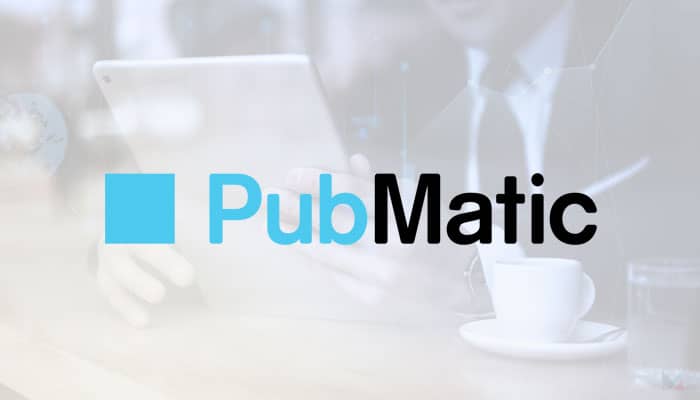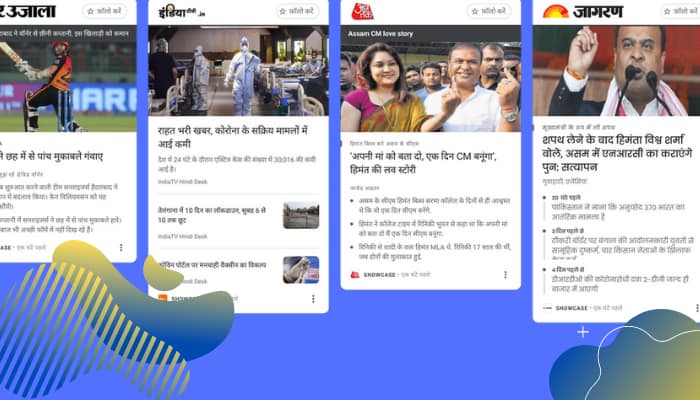California, USA – Programmatic digital advertising company PubMatic has announced a series of major enhancements in OpenWrap, the company’s unified auction solution for publishers. These recent enhancements aim to give publishers, including app developers, increased flexibility and improved performance with omnichannel and platform-specific enterprise-grade developer customisation.
OpenWrap gives publishers more control over their programmatic advertising business. It is built on the open-source Prebid codebase, which provides publishers greater control, transparency, and innovation. With its new features, sellers can now clearly examine and activate the levers that contribute to delivering incremental performance.
PubMatic said that it has released a suite of enhanced capabilities to create value across the web, CTV/OTT, and mobile app. All publishers and developers leveraging OpenWrap will now gain yield improvements, such as floors designed to increase revenue, ad refresh at no cost, and levers that lift CPMs while maintaining fill. They will also have an upgraded management API, where they can customise OpenWrap to better fit the tech stack, and gain access to new automation and API options that add flexibility. And lastly, they will also gain enhanced analytics, which provides a holistic, data-visualised, and real-time view of their ad business.
Additionally, OpenWrap has released new capabilities that deliver platform-specific benefits, including allowing web publishers to utilise more than 40 Prebid modules to leverage multiple, third-party-developed technology with efficient and unbiased integration, and enabling mobile app developers to seamlessly integrate with the top mobile mediation providers, leveraging OpenWrap’s SDK to gain access to PubMatic’s global brand demand, as well as giving OTT publishers the benefit from in-line bidding, capturing the full power of a unified auction that connects with third-party ad servers.
John Martin, director of OpenWrap at PubMatic, shared that OpenWrap is first and foremost a performance solution built for publishers and app developers, and they know every publisher’s business is different.
“We believe in open, flexible technology that enables total control and interoperability for every publisher, regardless of their inventory mix or monetisation strategy. Our recent enhancements build on this foundation, delivering higher performance, more nuanced capabilities and richer insights to ensure publishers maximise the value of their inventory and audiences,” said Martin.




